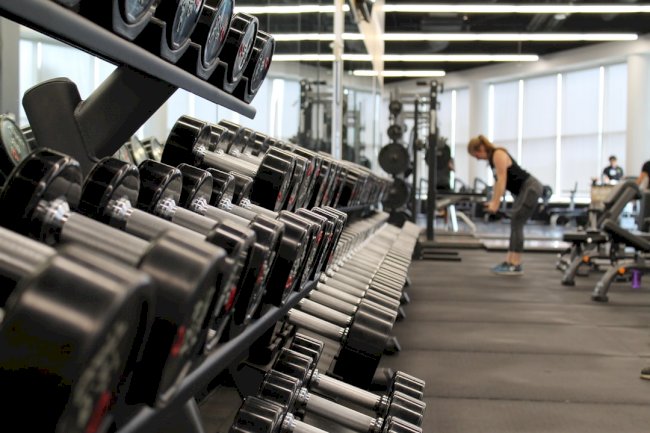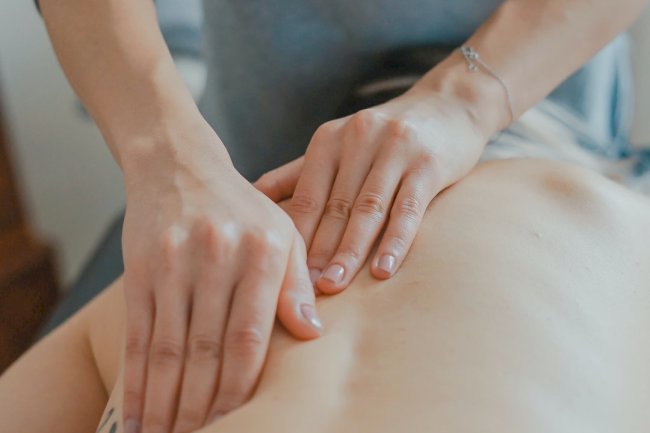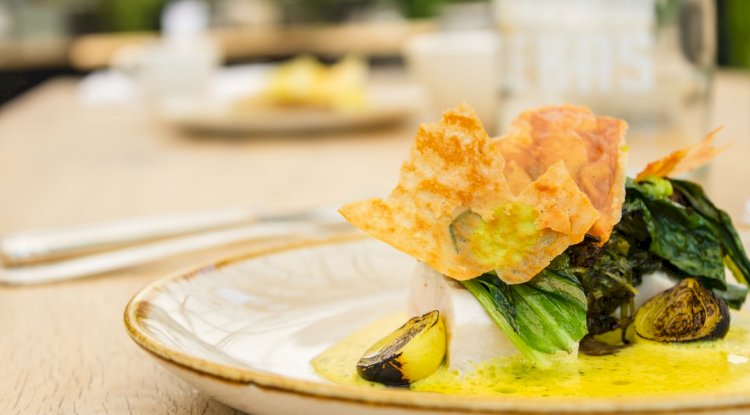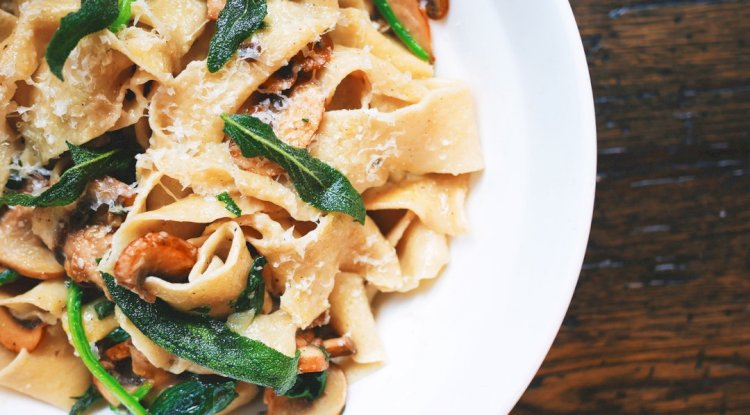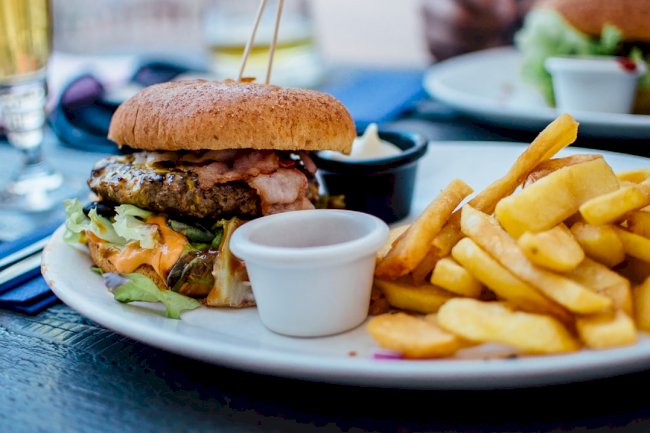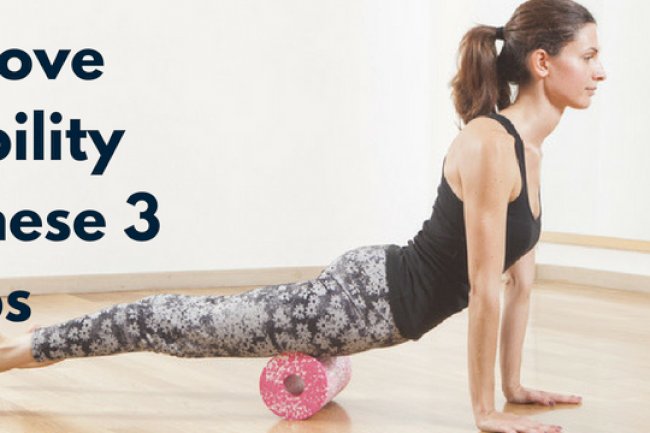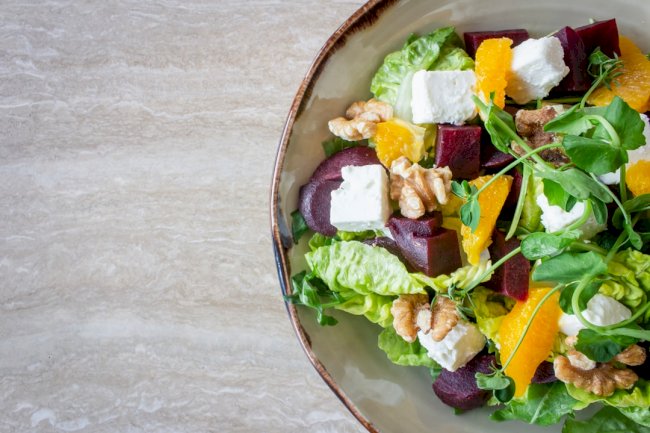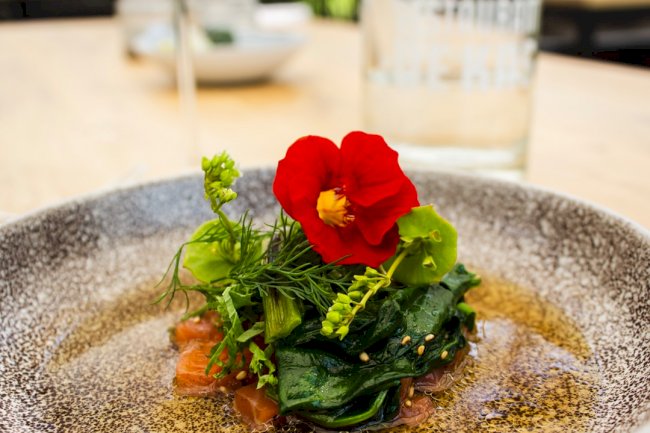DIY Facials With Amazing Ingredients Your Skin Will Love
Treating yourself to a relaxing facial doesn’t have to involve a trip to the spa (or putting a sizeable dent in your wallet).

You make your own kombucha, bake bread, and upcycle furniture, and now you’re learning to sew; why not take it a step further and experiment with your own skincare?
Treating yourself to a relaxing facial doesn’t have to involve a trip to the spa (or putting a sizeable dent in your wallet). You’ll be surprised to learn that many common ingredients you have lying around in your pantry or fridge are actually incredible for your skin.
Feel like treating yourself but are low on beauty supplies? This article has all the expert advice you need to have fun creating DIY facial products while keeping it safe for your skin.
The Best Facial Ingredient for the Job
When it comes to concocting DIY facial products at home, experts agree that organic is best whenever possible. Rachael Pontillo, licensed esthetician and creator of the Create Your Own Skincare course, highlights the importance of using organic ingredients.
“Pesticides in conventional products are damaging to many systems of the body, and many are also skin irritants. Much of what is applied topically gets absorbed, and we have so much evidence of systemic health issues linked to pesticides. Organic is always preferred, local whenever possible for freshness,” she says.
Remember that for the majority of the ingredients you’ll be using food-grade, not cosmetic-grade ingredients. To combat any potential cosmetic safety issues, Ron Robinson, a cosmetic chemist, research executive, and founder of Beauty Stat, has the following advice: “Manufactured beauty products are usually tested and preserved to confirm that they are safe for consumer use on skin.”

His advice: Store your DIY ingredients in the refrigerator to make sure they do not become contaminated by bacteria.
“Natural” products not having any adverse effects on the skin is a very common misconception—especially when using clean skincare is a very trendy right now. There are many skincare products that may not necessarily be “natural” but come from natural sources. Everyone’s skin is different, and you can have a negative reaction to natural ingredients too. Like any product, natural products are only effective when used properly.
He also advises performing a patch test in a discreet area before applying any homemade facial products directly to the affected area.

“No matter what skin type you have, you should always be careful with all DIY facial ingredients and skincare products. It’s always best to try a patch test first and see how your skin reacts to it before applying anything to your skin.”
Ingredients to Avoid
One drawback of making your own DIY skincare products based on recipes from the internet is that they often contain ingredients that can cause harm to the skin. Pontillo lists baking soda, crushed-up aspirin, apple cider vinegar, and lemon juice as common ingredients to avoid. She cautions:
Get fast relief from hemorrhoid symptoms, like pain, itching and burning, with Preparation H Rapid Relief with Lidocaine Cream.
These common DIY skincare remedies can cause serious skin damage when applied full strength or even diluted—extreme dilutions are sometimes okay, though the desired effects will be diminished—because they can cause severe irritant reactions such as rashes, swelling, photosensitivity, sensitization, and even chemical burns due to a pH that is too high or too low.
The Facials That Pass Muster
Now that you know how to safely play the DIY game, consider whipping up these expert-recommended facial concoctions.
Papaya and Honey Mask
Em Surby, licensed esthetician at Mali Salon in Portland, Oregon, loves the gentle exfoliating and brightening properties of enzymatic fruits for at home facials.
“Pineapple, papaya, and pumpkin are all good options,” she says. “With a natural enzyme, you get a nice, gentle exfoliation of the outermost layer of skin. A lot of professional products use fruit enzymes as well!”

This DIY facial recipe uses ripe papaya and a small amount of raw honey, leaving you with super soft, glowing skin. Pontillo raves about the benefits of using honey as an at-home skincare ingredient.
“I recommend raw honey for its antioxidants, hydration, and natural sugars and enzymes that cleanse, hydrate, and exfoliate without damaging the skin.”

This recipe makes enough for several facials and can be stored covered in the fridge for up to three days or in the freezer for three months (try freezing the mixture in ice cube trays and thawing them one at a time for an any-time-of-day facial).
Ingredients:
- 1 papaya, seeds discarded
- 1 Tbsp. raw honey
Method:
- Blend the papaya and honey until smooth or coarsely mash with a fork.
- Apply to clean face for 10 to 15 minutes.
- Rinse off with lukewarm water and pat skin dry.
Cucumber, Yogurt, and Aloe Mask
Fans of DIY facials will be pleased to learn that the carton of plain yogurt sitting in the fridge can be used for more than just smoothies and granola. Plain yogurt contains lactic acid, a skin-smoothing ingredient that’s well known for its impressive exfoliating properties.

Cucumber and aloe vera, two of Pontillo’s favorite at-home facial ingredients, add an extra layer of skin-pampering protection. “Aloe is excellent for bring hydration and antioxidants into the skin, while also cooling, soothing, and protecting irritated or blemished skin,” she shares. “Cucumbers are cooling and firming—great for reducing puffiness.”
Make this mask in small, single-use amounts as it can quickly turn watery if stored longer than a couple of hours.

Ingredients:
- 1 Tbsp. peeled, grated cucumber (seeds removed)
- 1 Tbsp. plain yogurt (Greek or regular both work well)
- 1 tsp. aloe vera gel
Method:
- Mix all of the ingredients together with a spoon.
- Apply to clean face for 5 to 10 minutes.
- Rinse off with lukewarm water and pat skin dry.
Tomato and Green Tea Toner
This gentle tomato and green tea toner is a one-two punch approach to DIY skincare. For starters, it’s a natural source of alpha hydroxy acids.
Steiger explains: “My favorite natural ingredient to use in facials and other skincare products is alpha hydroxy acids. They are a group of natural acids found in foods including citric acid (citrus fruits), malic acid (apples), tartaric acid (grapes), glycolic acid (sugar cane), and lactic acid (sour milk and tomato juice).”

The toner’s green tea, another one of Pontillo’s favorite ingredients, offers a variety of benefits to the skin. “I recommend green tea because it is rich in antioxidants—primarily EGCG—theanine, which is an amino acid, and has sun protective and restorative benefits, as well as anti-inflammatory and firming benefits.”

Use the best green tea you can find for best results (loose leaf from a source with high turnover is ideal). Store this toner in a small spray bottle in the fridge for up to one week.
Ingredients:
- 1 ripe tomato
- 1 cup of freshly brewed green tea, chilled
Method:
- Remove all of the watery juice from the tomato, pressing it through a fine mesh sieve to extract as much as possible.
- Whisk together the fresh tomato juice and green tea.
- Store in a spray bottle and apply to face directly or with a cotton ball after cleansing and before moisturizing.
Super Vitamin C Mask
This unique DIY mask is one that Joshua Ross, celebrity esthetician from West Hollywood’s SkinLab, loves to use on his clientele.
“For a DIY vitamin C mask, mix powder/crystal L-ascorbic acid, which is pure vitamin C, with a little bit of virgin coconut oil,” Ross says. “Leave on for five to seven minutes. This mask is really great for brightening, [addressing] sun damage, and [promoting] hydration.”

L-ascorbic acid can be purchased online or found at natural food stores and pharmacies.
Oat, Honey, and Chamomile Mask
This super calming face mask contains three of Caleb Backe’s top five DIY skincare ingredients (the other two are ginger and aloe vera). A health and wellness expert for Maple Holistics, Backe is a big fan of the effect oats have on your skin.
“Oats are a great exfoliant for sensitive skin, and their emollient properties make them a great moisturizer. What’s more is that they’re a cleanser containing antioxidants, so they won’t strip the skin of its natural oils.”

Continuing with the theme of tea and facials, chamomile tea is used in place of water to soak the oats.
“A strong anti-inflammatory, chamomile is the ingredient you’re looking for to soothe irritated skin,” Backe says. “It also has excellent healing abilities as it’s rich in antioxidants and can increase the penetration of other skincare products.”
Finally, honey (which was mentioned by almost all the experts featured in this article as a powerful DIY facial ingredient) is also an effective way to bind all of the ingredients in this recipe together.

Backe goes on to say, “This thick ingredient is a great emulsifier in any facial treatment and the benefits are numerous. It moisturizes the skin deeply, brightens complexion, as well as lightens scars.”
For best results, use instant oats for this mask; they will form a uniform, thick paste that won’t fall apart as you’re applying it to your face.
Ingredients:
- 3 Tbsp. instant oats
- ¼ cup chamomile tea, chilled
- 1 Tbsp. honey
Method:
- Mix all of the ingredients together and refrigerate for 30 minutes.
- Once the oats have absorbed all of the liquid, apply the paste directly to clean face and let sit for 15 minutes.
- Rinse off with lukewarm water and pat dry.
Always remember: Safety first.
Making your own skincare products is empowering, fun, and inspiring. Who knows? Your hobby could turn into a lucrative opportunity if it becomes something you’re passionate about.

When you’re experimenting, always remember that everyone’s skin is different and that your own skin’s needs can fluctuate depending on where you are in your monthly cycle. Always do a patch test and use the best quality ingredients you can source; your skin will thank you for it.
What's Your Reaction?








